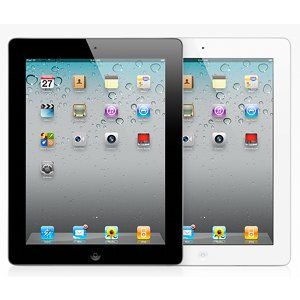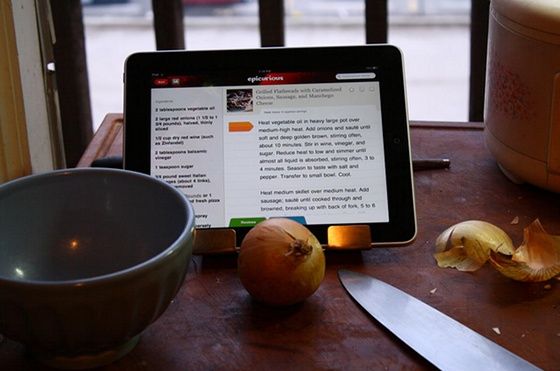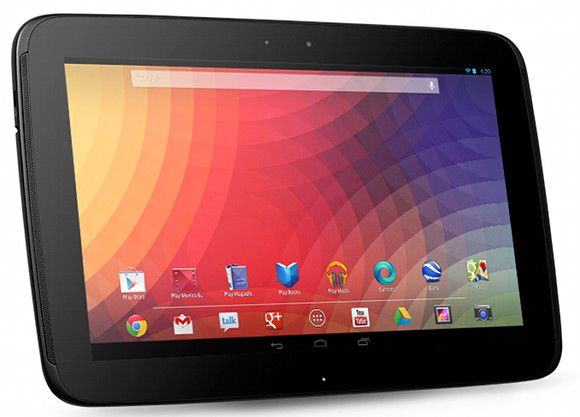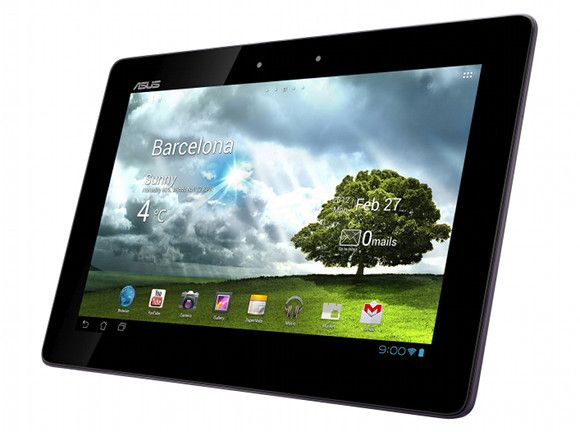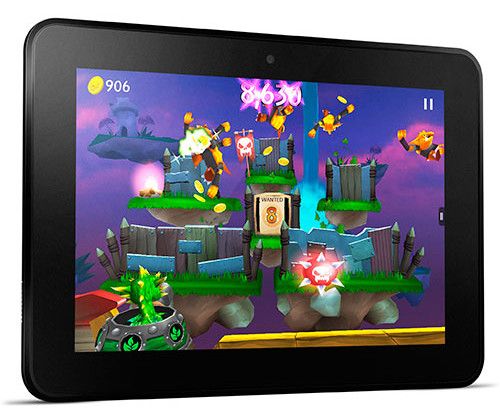The latest web traffic statistics show that 78% of all web surfers using a tablet after the holiday season were on an iPad. Though its dominance is slowly dwindling, Apple’s device remains on the throne.
You may wonder – why? Is the iPad all that, or have better Android devices been ignored because of Apple’s famously effective marketing? That’s a difficult and controversial question, but not impossible to answer.
Why Does The iPad Dominate?
Before looking at rivals we should first clarify why Apple’s iPad has done so well. Some fanatics from the Android camp cling to the belief that Apple’s products sell to brainwashed yuppies that don’t know any better. That’s simply not the case. There are several reasons for the iPad’s dominance.
Display Quality
The iPad offered much higher display quality than most competitors even before Retina was revealed. After Retina, competitors have struggled to provide higher pixel density. Color accuracy, gamut and black levels are also excellent on Apple’s tablet.
Speed
Apple is one of only two companies that go to the trouble of designing processors in-house (the other is Samsung). Performance is the beneficiary. Benchmarks have consistently shown the iPad to be among the quickest tablets in the world. GPU performance is particularly good – no other tablet on the market can rival it.
Battery Life
Despite bumps in speed, Apple has remained focused on battery life. It’s the reason why the third-generation iPad is thicker than the second. Battery life benchmarks reveal that all models of iPad score better than average.
The App Store
When Google released Android for tablets it did not encourage developers to make tablet-specific apps. Instead it encouraged apps that could be used on any device. Apple took a different approach and asked developers to focus on apps built for tablets only. This is why there are many excellent iPad apps but few excellent Android tablet apps.
In summary, Apple’s iPad has everything a consumer might want. It is attractive and quick yet doesn’t compromise on endurance. These features have made it possible for Apple to remain dominant despite the iPad’s relatively high price.
What about the iPad Mini? It is less impressive than the larger model in almost every way, yet the same praise applies when compared to other 7-inch tablets. The Mini is quick and has excellent battery life.
Enter The Challengers
Now that the iPad’s benefits are explained let’s have a look at potential challengers. There are just three tablets that are can legitimately stand up to Cupertino’s champion. They are the Google Nexus 10, ASUS Transformer Pad Infinity and Kindle Fire HD 8.9.
Google Nexus 10
The Nexus 7 is a nice tablet. I know this because I own one. It is small, however, which means it will always be a budget alternative. Google’s Nexus 10 is a true challenger to the iPad and the best Android tablet on the market today. It beats the iPad in some benchmarks, slightly exceeds it in display resolution and does so at a price of just $399.
Yet there are a few problems. While Android 4.2 is a great operating system, it can’t get away from Android’s poor tablet app selection. Battery life is a bit short of the iPad, though still good enough for many users. And storage is limited because a 32GB model is the largest sold and there is no microSD slot.
Google seems to be selling a fair number of Nexus 10 tablets, as the model is constantly sold out at the Google Play store. Yet I have a hard time recommending it over the iPad. A $100 discount isn’t enough to compensate for its problems.
ASUS Transformer Pad Infinity TF700
ASUS surprised everyone when it released the Transformer, a great tablet that could also be used as a miniature laptop. Since then the company has refined the concept and split the line into several different models. The Infinity is the best and most expensive among them.
With that said, however, ASUS hasn’t been able to keep up with the pace of Apple’s innovation. The Infinity isn’t as quick as the current iPad and can’t match its display quality. Battery life is inferior without the keyboard dock, which adds endurance at the cost of bulk.
ASUS technically has a price advantage because it offers 32GB of storage at $499.99, while the iPad offers 16GB for the same money. Yet that’s only an advantage to buyers who desire a lot of storage. Users will be disappointed by the Infinity’s MSRP.
The wild car is the keyboard dock, which is much better than anything compatible with the iPad. But it’s also an extra $139.99. That’s a lot of money for a peripheral, yet there’s no reason to buy the Infinity without one. The iPad is a superior tablet.
Kindle Fire HD 8.9
Amazon rapidly matured its lineup of tablets after the release of the original Kindle Fire, which I thought disappointing. The Kindle Fire HD 8.9 is the current flagship. A glance at the specifications quickly reveals that it is in every way inferior to the iPad. These disadvantages are excusable, however, because pricing starts at $299 for a 16GB model.
Unfortunately the Kindle Fire HD makes other mistakes. Though it runs Android, it uses a heavily modified version built to work hand-in-hand with Amazon’s app store and media content. Users won’t gain all the benefits from new versions of Android and the respectable selection of default apps, like the Chrome browser, are replaced with inferior alternatives Amazon has developed in-house. I can’t possibly express how much I hate the direction Amazon has taken with this tablet. Why did they replace the default Android browser with one that works less well? What were they thinking?
The price on this tablet makes the iPad Mini a legitimate a competitor, and it is better in almost every way. Only die-hard Amazon fans (do such people exist?) should go with the Kindle.
Conclusion
Having reviewed the options, the reason for Apple’s continued dominance in the tablet market seems clear – it makes the best product. It also makes the most expensive product, but that doesn’t seem to deter consumers, who continue to buy the iPad in droves.
Does that mean the Android tablets are invalid? Of course not. Android is different from iOS, and some users will absolutely want an Android tablet not because of superior hardware but instead because it runs Android – full stop. As the more open platform, users can tweak Android in ways that the iPad makes impossible.
But the people who desire Android for its openness probably don’t need my advice. They already have an Android device and already are experimenting with its possibilities. Apple’s iPad remains the better choice for most buyers.

